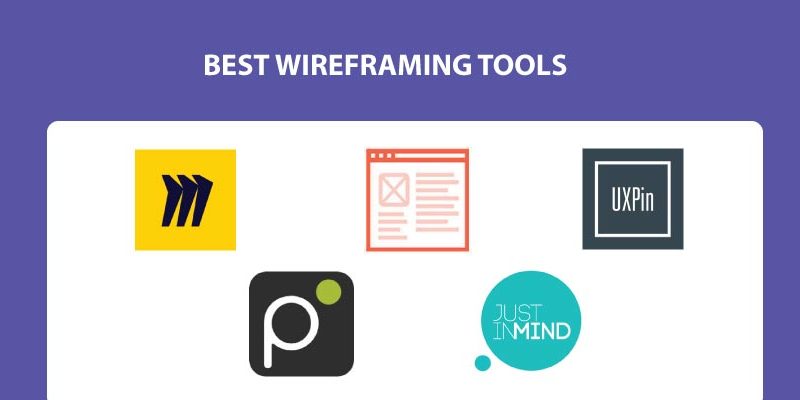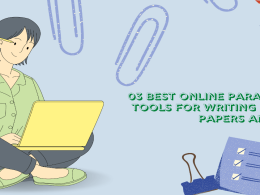When it comes to running virtually any business, handling client complaints comes with the territory. Of course, in theory, the better the job you are doing in providing your customers with high-quality products, services, customer service, and overall experience, the fewer complaints you will need to manage. Nevertheless, mistakes happen, and some customers are more easily dissatisfied than others, so inevitably, complaints will come your way.
The most positive way for a business to view a client complaint is to consider them an opportunity to transform the client’s view of the business into a far better one than it would ever have been before the issue even began.
The best course of action when dealing with a client complaint is to respond quickly and effectively – the last thing you want to do is resort to sending a demand letter in the mail. Most client complaints can be turned around so long as they are handled expertly. Here’s how.
What are customer complaints?
In essence, a customer complaint is typically a message provided by the customer outlining that, somewhere along the way, their expectations have not been met by your business. Sometimes, this disappointment is a result of unreasonable expectations on behalf of the customer, although, at times, these expectations are brought about by misunderstandings that lead to incorrect assumptions. Other times, the cause of the client’s disappointment is the direct result of an error made by your business.
Either way, a client complaint must be taken seriously and handled expertly if it is to be resolved agreeably, preferably resulting in the customer feeling extremely pleased with the outcome and valued as a client.
Acknowledge that there is an issue – then figure out what it is
We can’t change a problem we don’t acknowledge, and we can’t acknowledge a problem we don’t understand – so the first step in handling a customer complaint is to acknowledge it and then focus on getting to the bottom of it.
The most important first step is to acknowledge the customer’s discomfort/complaint (whether you understand it or not). State clearly that you are sorry to hear that they feel the way they do/that they have had a negative experience and that it’s your mission to understand the issue and solve it/rectify it for them.
Often, complaints are actually signaling a problem that needs resolving. Asking the right questions can be all that is required to uncover the problem at the root of the complaint, and from there, you can focus on solving the issue. Even the angriest of complainants can provide you with the information you need to solve the problem surprisingly easily; it just takes asking the right questions and avoiding being drawn into the stress.
Key questions to help you better understand their complaint might include:
- At what point did your experience turn negative?
- Can you provide an example of …?
- What do you mean by …?
- Could you please elaborate on …?
While listening to the client, consider what information, if any, is missing to complete the picture; what is it that they are most upset about? Is this problem easily fixable?
If you quickly determine that someone else would be better suited to assist with the customer complaint, transfer them on, and be sure to clearly explain why you are doing so. This will often be as simple as saying, ‘I’m going to transfer you straight to the right specialist to help you with this issue.’ If they are overly frustrated, take some extra time to reassure them that you are placing their complaint in the right hands and that you will inform the new party of the details – irate customers typically feel even more put out when they have to re-explain their issue to a new staff member.
Identifying the type of customer who is making the complaint
According to research from the University of Florida, client complaints typically feature one of four types of customers, and knowing which one you are dealing with can assist greatly in resolving the issue swiftly. Each of these customer types is motivated by different attitudes, beliefs, and needs. The four types identified through the study are:
- those who are willing to clearly express what they are upset about, and often with an irate attitude; when responding to these customers, it’s important to avoid meeting them at their level of upset and instead maintain your composure and respond respectfully and politely, but firmly where necessary.
- those who expect a premium level of support for the money they pay. Excuses mean nothing to these customers; they only want acknowledgment and solutions. Focus primarily on efficiency when solving these complaints
- those who are reluctant to complain and would rather take their business elsewhere than make a fuss. Their complaints may take some coaxing out, but once you do, they will usually be open to solutions and remain loyal customers once satisfied
- those who frequently make contact – in many instances, all it takes is a little patience with these customers, and once they are satisfied they will also remain, loyal customers,
While these are rather broad definitions of customer types, they offer a framework for helping to establish the type of complainant you may be dealing with, and this can help with knowing how best to respond. Some customers are looking for a lot of acknowledgment, while others want a no-fuss response and speedy solution; understanding your customer is key to making them happy.
Respond quickly
It’s vital that you respond quickly to customer complaints – unhappy customers will only become more so if they are left hanging. If the nature of their complaint will take time to resolve, communicate that clearly to them while acknowledging their understandable frustration – the worst approach in this situation is to leave them in silence.
Update them regularly and keep to your promises as the process runs its course. In the absence of a complaints-handling system, be sure to set reminders for follow-ups and chase up anyone you pass it on to ensure that they too follow through.
Solve the problem – and confirm that it has been solved
Once you’ve identified the core issue and have found the best solution you can offer, convey that to the customer, and do so in very clear terms. It’s important that the customer clearly understands what the solution is, why it is what it is, how likely it is to solve the problem, etc.
Of course, if the validity of the solution isn’t immediately clear, then further communication will be necessary to ensure it is resolved. Let the customer know that they are welcome to contact you further if they need more assistance and that you are very happy to help.
It’s also a great extra step in rectifying the customer’s perception of the business to reach back out to them a couple of days later to see that they are still satisfied with the solution.
Also, see:
6 Must-have Customer Service Tools
Extra tips for handling client complaints
- Log complaints to track any issue patterns that may need addressing
- Monitor any subsequent satisfaction reports/feedback/ratings from the complainant to ensure they are genuinely satisfied with the complaint handling and resolution
- Rehearse your response to common objections to make it easier to handle
- Rehearse measured responses to irate customers – how to request that they communicate respectfully and calmly state that you will have no alternative but to end the call if they continue to demonstrate abusive behavior
- When dealing with a large volume of customer complaints, be sure to carefully manage your time with regular breaks to recharge – handling regular negativity can affect your own state of mind, and also possibly lead to losing your cool more easily when faced with a difficult customer


















